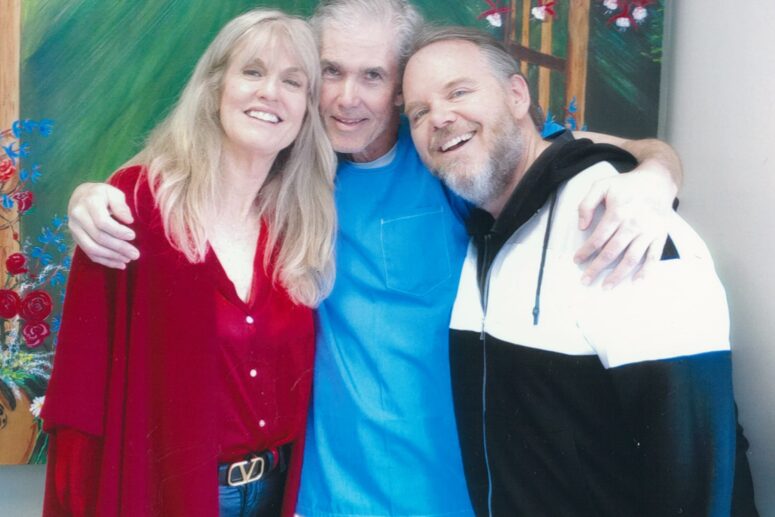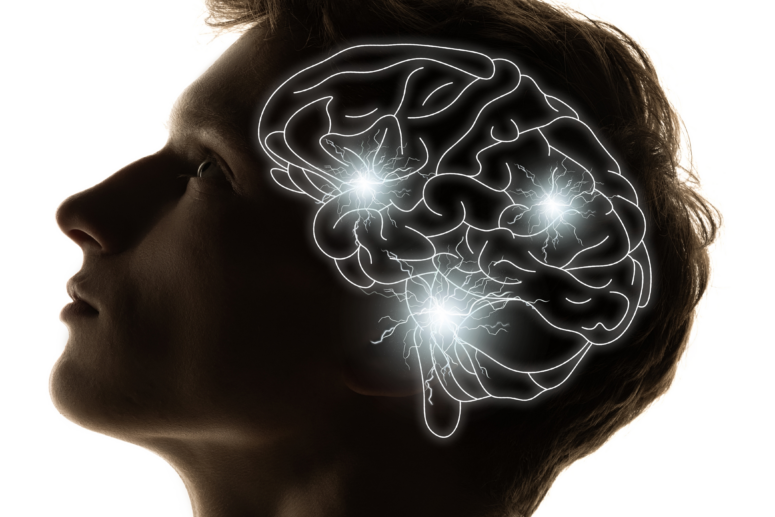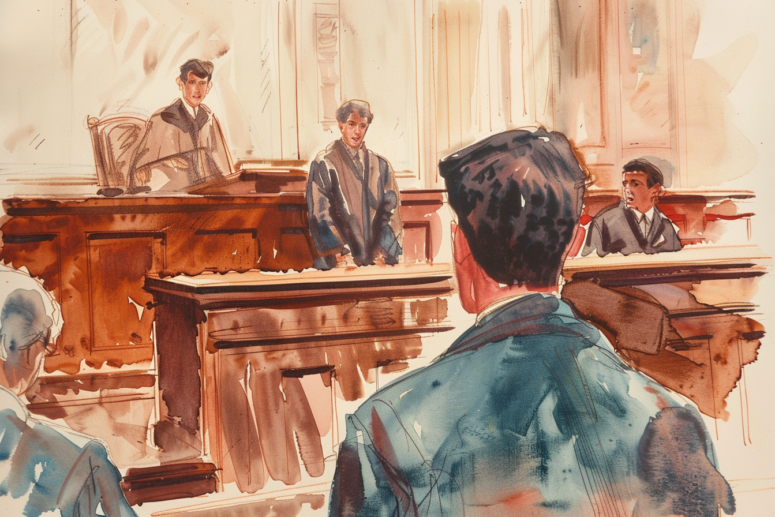Unique Evidence of Wrongful Conviction
Joe Hunt is the only prisoner in the United States able to concretely prove that evidence which became available after his conviction would exonerate him if granted a retrial.
This unusual circumstance arose because the evidence in question was available to Joe in another trial, following Joe’s 1987 conviction in an L.A. courtroom.
In 1992, Joe faced trial again in San Mateo County, where he acted as his own lawyer. The prosecutor’s decision to use all evidence from the L.A. trial, alleging Joe’s involvement in other crimes, enabled Joe to hire investigators to reexamine the State’s claim of Ron Levin’s murder.
The Chief Detective on Joe’s L.A. case told his superiors in a memo written in 1993 that the evidence brought to light after Joe’s conviction, in his opinion, would likely result in an acquittal if Joe were retried.
Ultimately, Joe found and called 42 witnesses that had not, but should have been, presented by the defense in Los Angeles in 1987. Most of these witnesses could have been identified had the counsel representing Joe in that first trial been effective. A few of them only came forward after Joe was convicted.
Key Witness Testimony: Nadia Ghaleb
Just one of these witnesses, Nadia Ghaleb, was enough to free Joe’s co-defendant James Pittman. Pittman, the alleged trigger-man in the case, had been tried to a mistrial, with a vote of 11-1 to convict, in 1986. After Joe’s conviction in 1987, Pittman was retried. The 1988 trial resulted in a 10-2 vote for acquittal. The major difference between the two Pittman trials was Nadia’s testimony in the 1988 trial.
Testifying for the Defense, Nadia told the jury that she managed restaurants and had become acquainted with Ron Levin when she was Maitre D’ at Mr Chow’s, possibly the premier restaurant in L.A. during the late ’70s. She recalled seeing and interacting with Levin on many occasions, including seeing Levin in the company of celebrities such as Andy Warhol. She described Levin perfectly—height, weight, eye color—right down to his signature silver-gray hair. It was because of her familiarity with Levin that she felt certain she saw him in a parking lot off of San Vicente Boulevard in May of 1987.
Plainly, Levin could not have both died in June of 1984 and been alive in May of 1987. The 1988 10-2 vote for acquittal of Pittman’s second jury suggests they found her testimony sufficient to raise a reasonable doubt. After the lopsided vote in favor of acquittal, DDA Wapner dropped murder charges against Pittman.
But Nadia wasn’t called as a witness at Joe’s 1987 trial. Convicted without her testimony, this circumstance – in light of the difference it appeared to make for Pittman – seriously undermines the reliability of the verdict.
Moreover, Joe called Nadia and several other similar witnesses in his 1992 trial in San Mateo. Though these witnesses were not directly relevant to the San Mateo charges, as explained above, the prosecutor made them relevant when he decided to use the L.A. case to try and show that both cases constituted an interlocking pattern of conduct. His argument opened the door for Joe to present evidence that he was both wrongfully convicted in L.A. and wrongfully accused in San Mateo.
Advocate for justice in light of Joe Hunt’s unfair legal treatment by supporting his bid for a fair parole review. His commendable behavior and positive contributions highlight his rehabilitation. Sign the petition to endorse a balanced review of his case, emphasizing the need for justice and fairness in our legal system.
Jurors Convinced of Innocence
In all, Joe called 107 witnesses to the stand—and, as noted above, over 40 of those were to demonstrate his innocence in the disappearance of Levin.
This is where it gets very interesting. The San Mateo jury, which hung 8-4 in Joe’s favor, was interviewed post-verdict. Eight of them gave Joe declarations stating that they felt, in light of the new evidence, that Joe had been wrongfully convicted. They concluded Levin fled to avoid prosecution; that he wasn’t killed.
The circumstances above explain why Joe is the only person in prison in the United States who can incontestably prove that his new evidence would likely lead to an acquittal. Why then should Joe languish in prison?
Joe has attempted to use these declarations from the San Mateo jurors to persuade the Courts to give him a retrial on the Levin charges. He has pointed out that it is unprecedented and unique proof that the evidence that was uncovered or became available after his 1986 conviction is both credible and exonerating.
The Courts have uniformly responded that while that appears to be true, they must refuse to consider the evidence because of an arcane evidentiary rule that was adopted to insulate jurors from post-trial attacks on their reasoning processes. (See Fed. Rules of Evid. section 606; California Ev. Code section 1150.)
Consequently, a legal technicality, unrelated to the pursuit of justice in individual cases, has enabled courts to dismiss conclusive evidence of Joe Hunt’s wrongful conviction. This dismissal occurs even though Hunt is not employing the juror declarations to challenge the jurors’ verdicts.
The circumstances above explain why Joe is the only person in prison in the United States who can incontestably prove that his new evidence would likely lead to an acquittal. Every year, thousands of American prisoners win retrial based merely on arguments that are deemed to show a likelihood of acquittal on retrial. Why then should Joe languish in prison?
Indeed, the Chief Detective on Joe’s L.A. case told his superiors in a memo written in 1993 that the evidence brought to light after Joe’s conviction, in his opinion, would likely result in an acquittal if Joe were retried.
The stark reality of Joe Hunt’s situation is a jarring indictment of a justice system mired in procedural inertia. It’s unconscionable that concrete evidence capable of overturning a wrongful conviction is disregarded, leaving an innocent man languishing behind bars. This case transcends Joe Hunt; it’s a chilling testament to the failures of a legal system that prioritizes technicalities over truth. The time has come for those in power to acknowledge and rectify this grave injustice. Every moment Joe remains imprisoned despite overwhelming evidence is not just a failure of the legal system, but a blatant betrayal of the very ideals of justice and fairness it purports to uphold.


